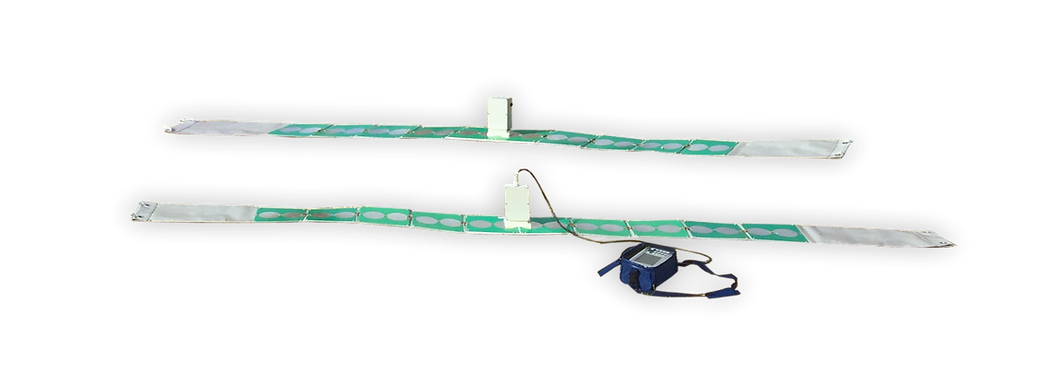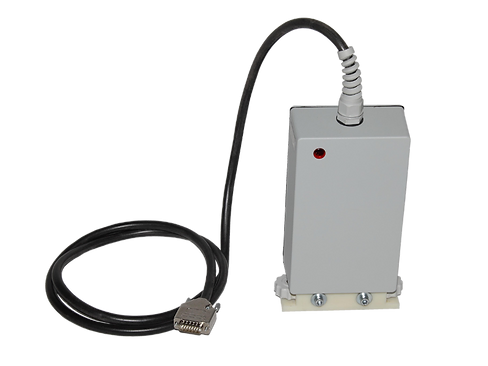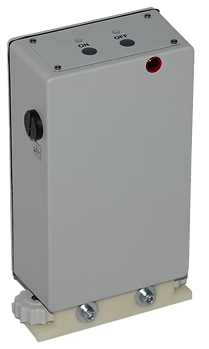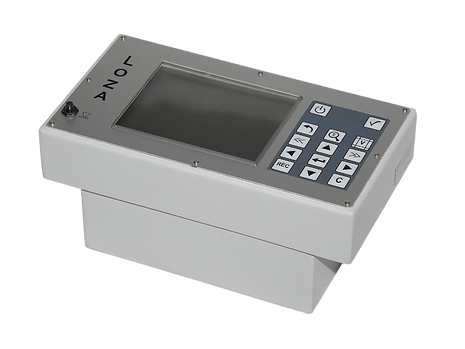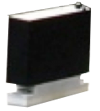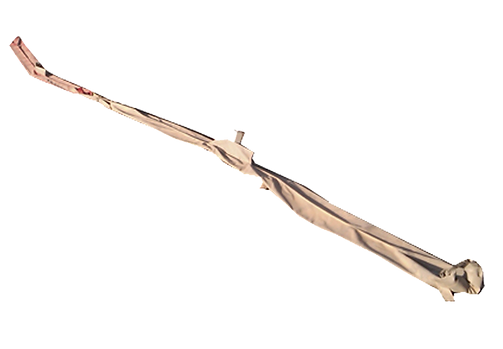
What is a Ground Penetrating Radar (GPR)?:
GPR is based on “stacking” a series of ultra-wide band electromagnetic pulse emissions that are sent directly into the subsurface. The Radar captures information about the different conductive properties of the lithology directly under the device.
The radar records the conductive differences, and shows - in section view - a geophysical based interpretation of different lithological interfaces, layers or objects. Old GPR technology uses a transmitter with a power transistor voltage of about 50v. Old GPRs were limited to only being effective in light soils with low signal attenuation (for example dry sand or frozen soils). The depth of effective scanning for old GPR technology is limited to only a few meters depth, and scanning was not possible at all if the geological section had wet clays or loam.
Loza Console / Real Time
Display
The radar gives a real-time display of the radar profiles on a liquid crystal screen, or Display Console Unit (DCU). The data captured can be immediately downloaded to a computer for further processing on advanced analytical software.
The DCU is attached to the receiver that is mounted on the antenna. The operator is able to monitor the data collection process in real time. The operator to immediately signal during the survey that there are changes in geophysical readings, for example, indicating a change in structure or lithology.

On the right - we see the waveform from the last shot taken by the radar. An experienced operator can review the shape of the wave, and understand the properties of the ground beneath him.
The image on the left - is a section form build-up of the profile. The image is generated from "stacking" all the waves from previous shots. It gives us a geophysical "picture" that relays real time geological information.
The operator looks at the screen as he progresses along the profile, and can call-out features of interest. For example, entering a paleochannel, or crossing a fault. It is this function that allows Loza surveys to be dynamic, where the survey team can adapt the profile according to the resource and the client’s objectives.

Technical characteristics of GPR LOZA-V:
GPR LOZA-V ( 50 - 400 MHz) is a midrange pulse electromagnetic geoprobe, allowing to explore the soil at a depths of 0 to 50 meters, (more than 50 m, with optional 50 MHz antennas used), depending on the geoprobe model, antenna used and medium parameters.
With geoprobe of Loza series is possible to study the geological structure of the soil, identify anomalous zones of moisture, land subsidence, etc. The device is usable for solving geological projects for road building, engineering geology, archeology and monitoring of deep-mined routes of horizontal and inclined drilling.
A characteristic feature of LOZA-V compared with known world analogs is a high energy potential allowing to probe highly conductive soils, such as wet clay, inaccessible for standard GPR
| Parameter | Value |
|---|---|
| Frequency band | 50-400 MHz |
| Time resolution | 1,2,4 ns |
| Repetition rate | 1000 Hz |
| Energy potential | 120 dB |
| Registration range | 256,512, 1024,2048 ns |
| Temperature range | -20 to +50 °C |
Components
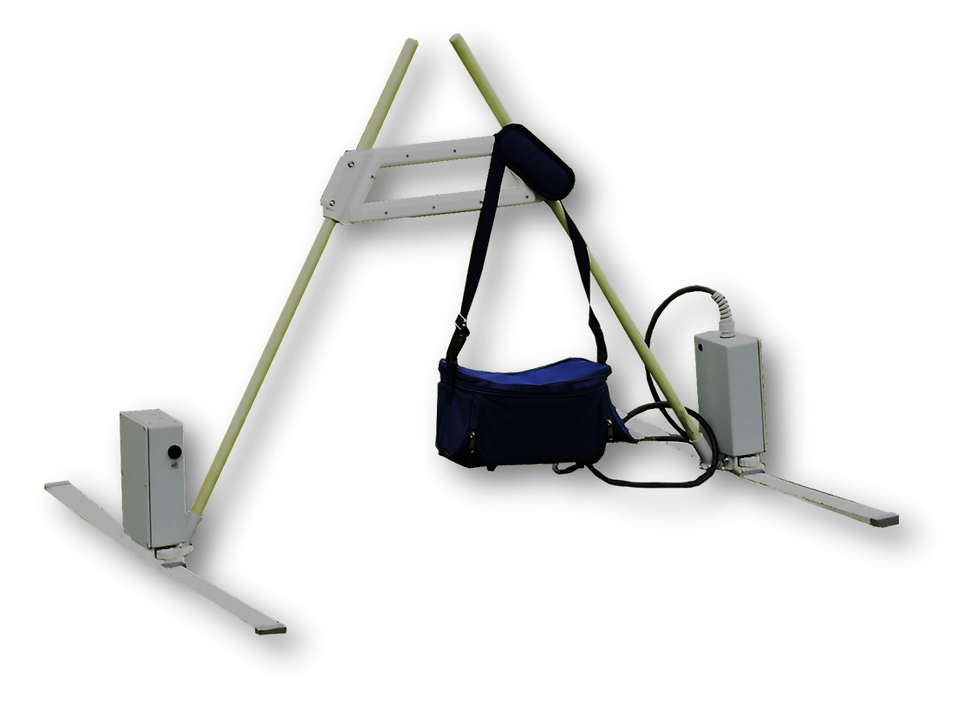

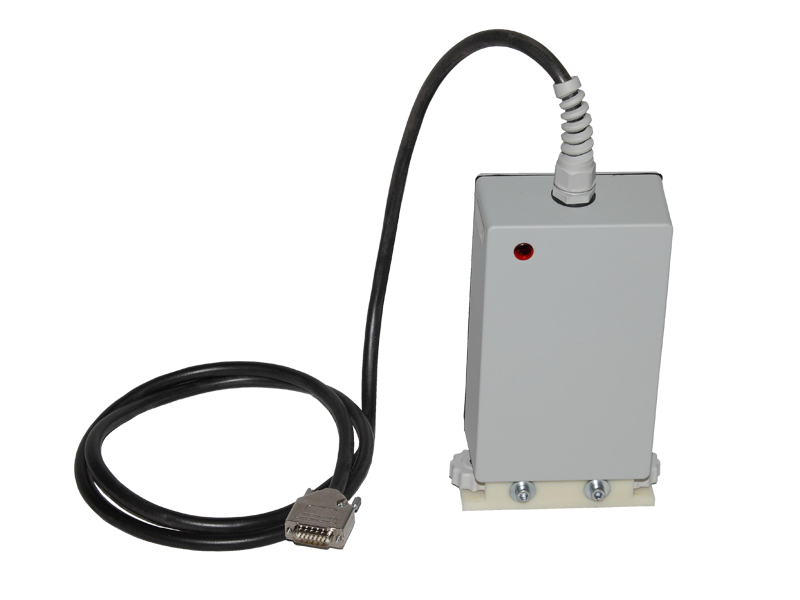
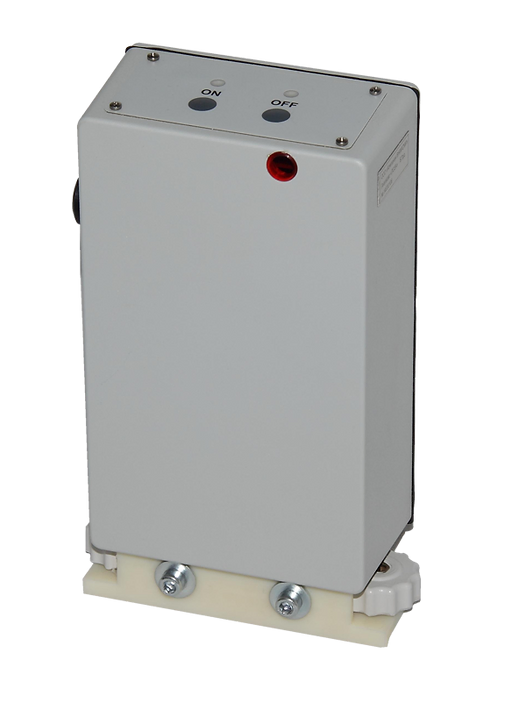
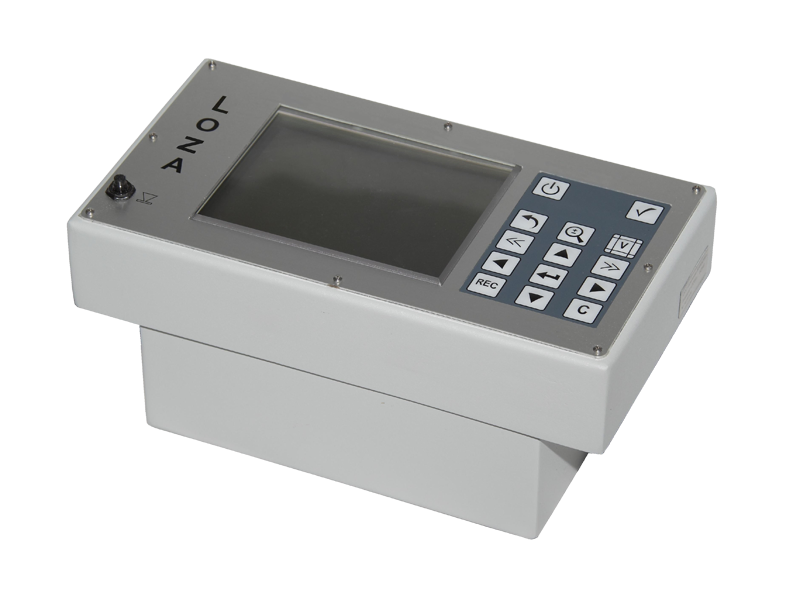
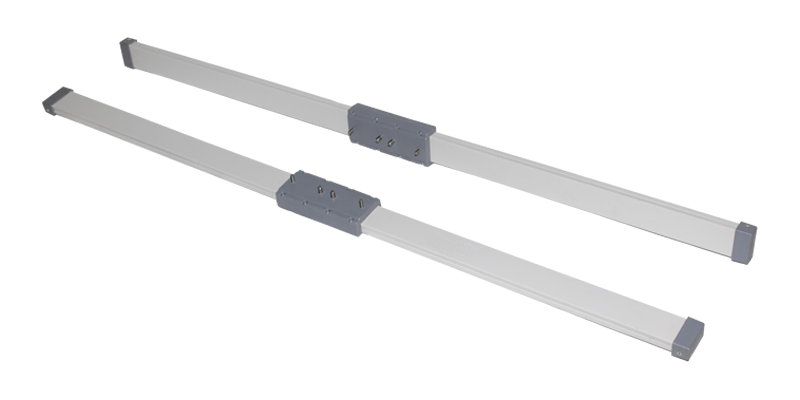
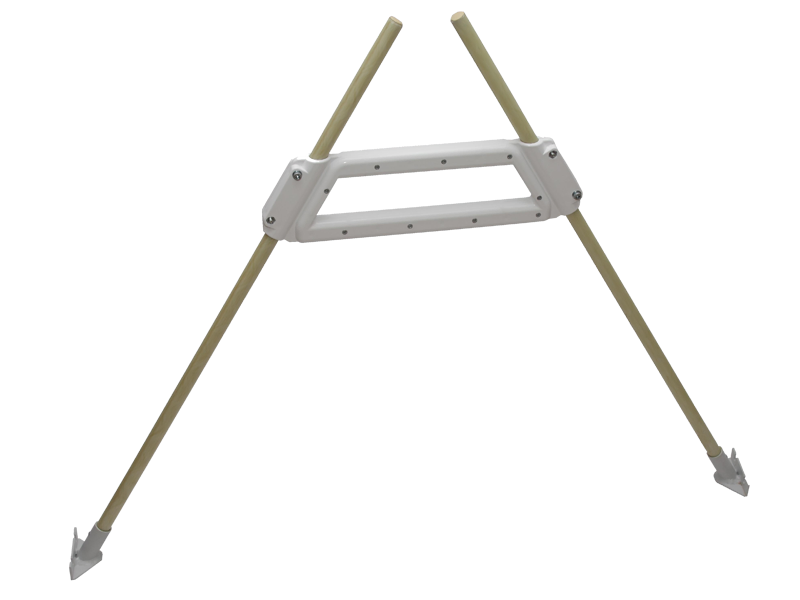
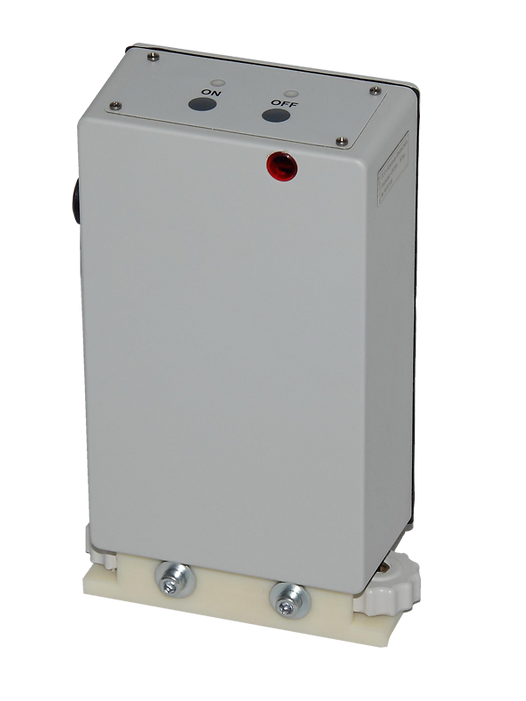
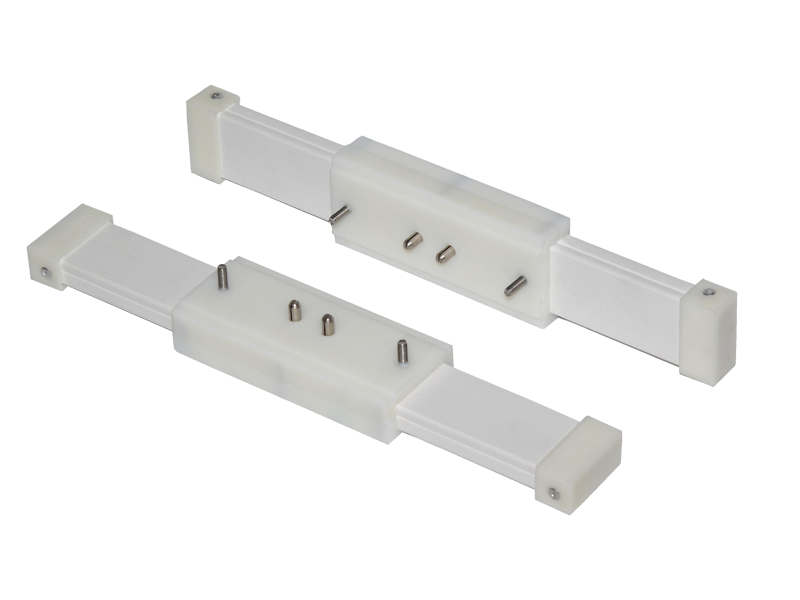
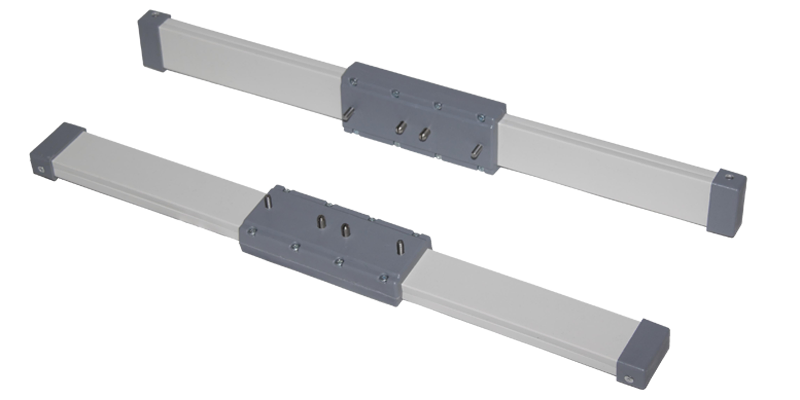
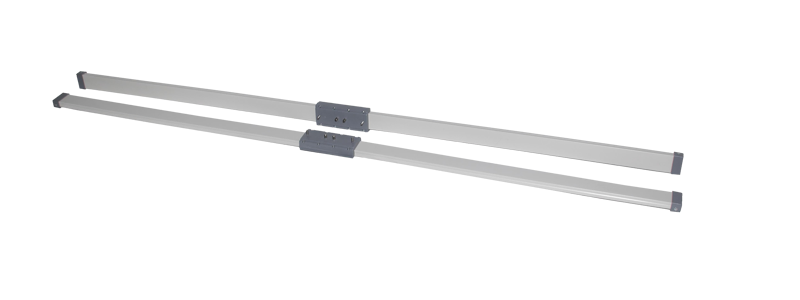
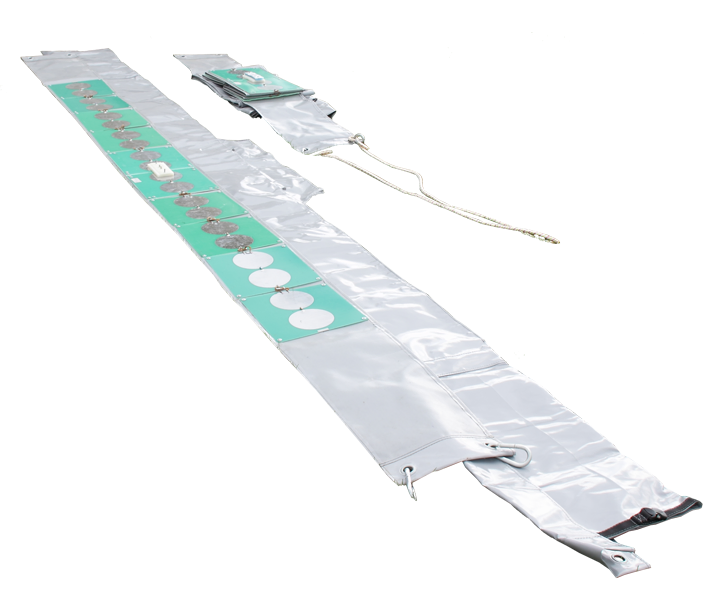

Technical characteristics of GPR LOZA-N:
GPR LOZA-V ( 50 - 400 MHz) is a midrange pulse electromagnetic geoprobe, allowing to explore the soil at a depths of 0 to 50 meters, (more than 50 m, with optional 50 MHz antennas used), depending on the geoprobe model, antenna used and medium parameters.
With geoprobe of Loza series is possible to study the geological structure of the soil, identify anomalous zones of moisture, land subsidence, etc. The device is usable for solving geological projects for road building, engineering geology, archeology and monitoring of deep-mined routes of horizontal and inclined drilling.
A characteristic feature of LOZA-V compared with known world analogs is a high energy potential allowing to probe highly conductive soils, such as wet clay, inaccessible for standard GPR
| Parameter | Value |
|---|---|
| Frequency band | 50-400 MHz |
| Time resolution | 1,2,4 ns |
| Repetition rate | 1000 Hz |
| Energy potential | 120 dB |
| Registration range | 256,512, 1024,2048 ns |
| Temperature range | -20 to +50 °C |
Components

